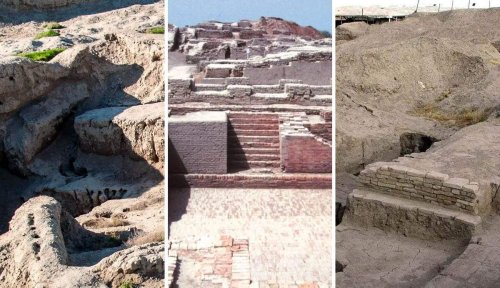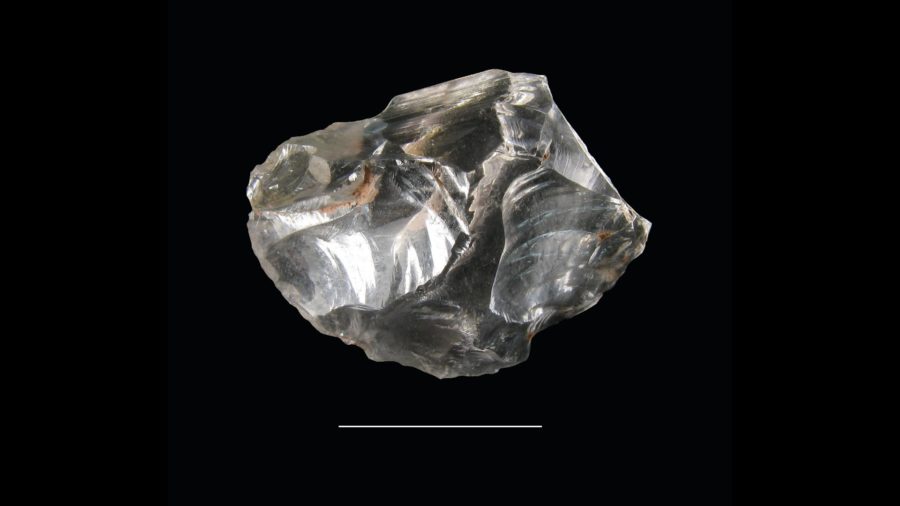‘Magical’ rock crystals found at Stone Age ceremonial site in western England, according to archaeologists-
The following written content by Tom Metcalfe
Neolithic people sprinkled the crystals over burials.

Hundreds of fragments of a rare transparent type of quartz called “rock crystal” suggest Neolithic people used the mineral to decorate graves and other structures at a ceremonial site in western England, archaeologists say.
The rock crystals were likely brought to the site from a source more than 80 miles (130 kilometers) away, over mountainous terrain, and the crystals appear to have been carefully broken into much smaller pieces, possibly during a community gathering to watch the working of what must have seemed like a magical material.
“You can think of it as a really special event,” Nick Overton, an archaeologist at The University of Manchester in England, told Live Science. “It feels like they’re putting a lot of emphasis on the practice of working [the crystal] … people would have remembered it as being distinctive and different.”
Overton is the lead author of a study published in July in the Cambridge Archaeological Journal(opens in new tab) that describes the discovery of more than 300 of these quartz crystal fragments at a 6,000-year-old ceremonial site at Dorstone Hill in western England, about a mile (1.6 km) south of the monument known as Arthur’s Stone. As well as being almost as transparent as water, several of the crystal fragments are prismatic, splitting white light into a visible rainbow spectrum.

Quartz crystal is also triboluminescent — that is, it gives off flashes of light when it’s struck — and that peculiar property must have enhanced the process of breaking the crystals into smaller fragments, Overton said.
“If you bash two of these crystals together, they emit little flashes of bluish light, which is really fascinating,” Overton explained. “It must have been an arresting experience — the material is quite rare and quite distinctive in this period where there is no glass and no other solid transparent material.”
Neolithic landscape
Archaeologists think ancient structures at Dorstone Hill and Arthur’s Stone were part of an early Neolithic, or New Stone Age, ceremonial landscape built up 1,000 years before Stonehenge, which was constructed roughly 5,000 years ago on Salisbury Plain, about 80 miles to the southeast.
Local legends link Arthur’s Stone to the mythical King Arthur, although it would have already been thousands of years old by his time, if he ever existed. Dorstone Hill is the site of the “Halls of the Dead,” three timber buildings that were deliberately burned down and replaced by three earthen burial mounds in Neolithic times, possibly after a local leader had died. Archaeologists think an earthen mound at the Arthur’s Stone site once pointed to the Halls of the Dead, the remains of which were discovered in 2013. But later mounds at both structures were aligned to a prominent gap in the hills to the south. Read more from Live Science.





